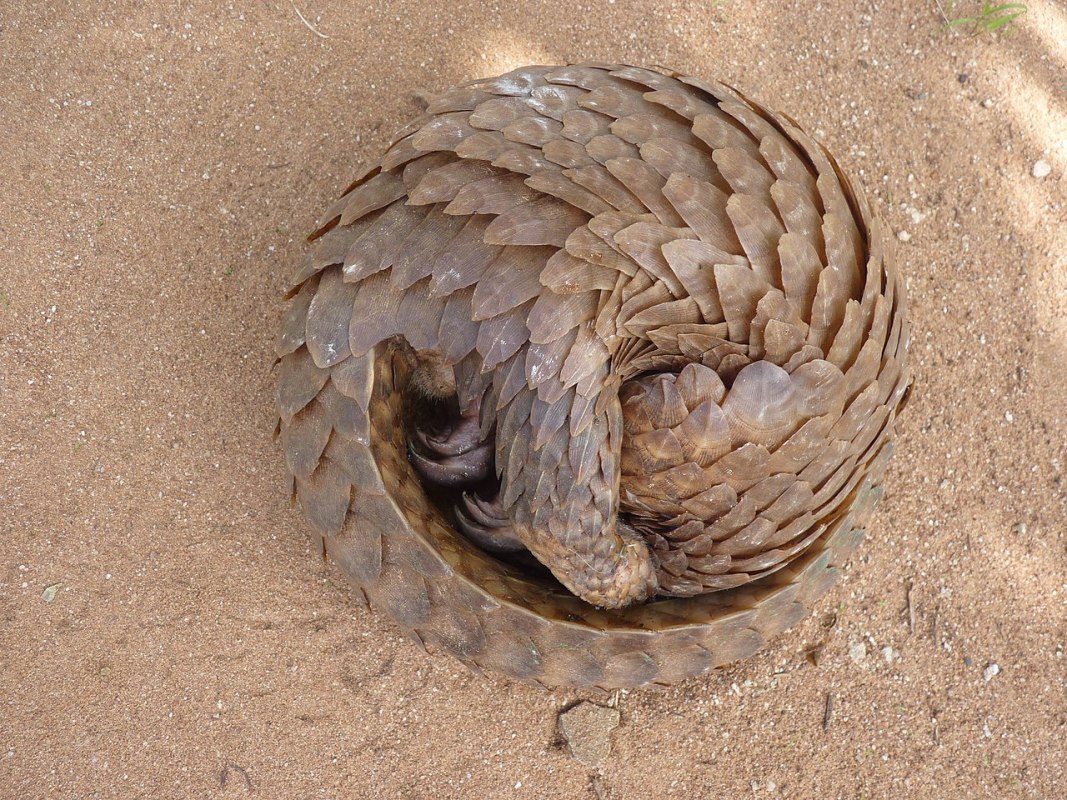With advances in technology used for both tracking and communications, governmental and nonprofit groups have a much greater array of tools at their disposal for managing and protecting endangered species. That’s the good news, but with it comes a worrying question: do some of those same tools make things more difficult for the species that they’re designed to protect?
That’s the conclusion of a new article at The Atlantic by Natasha Gilbert and Knowable Magazine. Gilbert cites two examples where trade bans on endangered species actually increased trafficking in a particular species — rosewood trees and black rhinos — and ponders whether a similar trade ban designed to help pangolins could have the opposite effect from what’s intended.
Pangolins are under siege for multiple reasons: their meat and scales are used in traditional medicine in numerous countries around the world, and their habitats are at risk as well. Protecting pangolins is an understandable and laudable goal; the method of how best to do so, though, is more ambiguous.
At the center of the article is a trade agreement known as CITIES: the Convention on International Trade in Endangered Species of Wild Fauna and Flora. Gilbert describes an ongoing debate abound whether or not CITIES is effective, or whether the prohibition it sets up ends up creating more demand for the species it’s designed to protect.
Gilbert does point out that some solutions outside of trade bans exist or are in the works, from monitoring poachers using ultra-modern technology to creating lab-grown equivalents to pangolin scales. All told, these could lead to more effective protection of endangered species in the future.
Thanks for reading InsideHook. Sign up for our daily newsletter and be in the know.
















